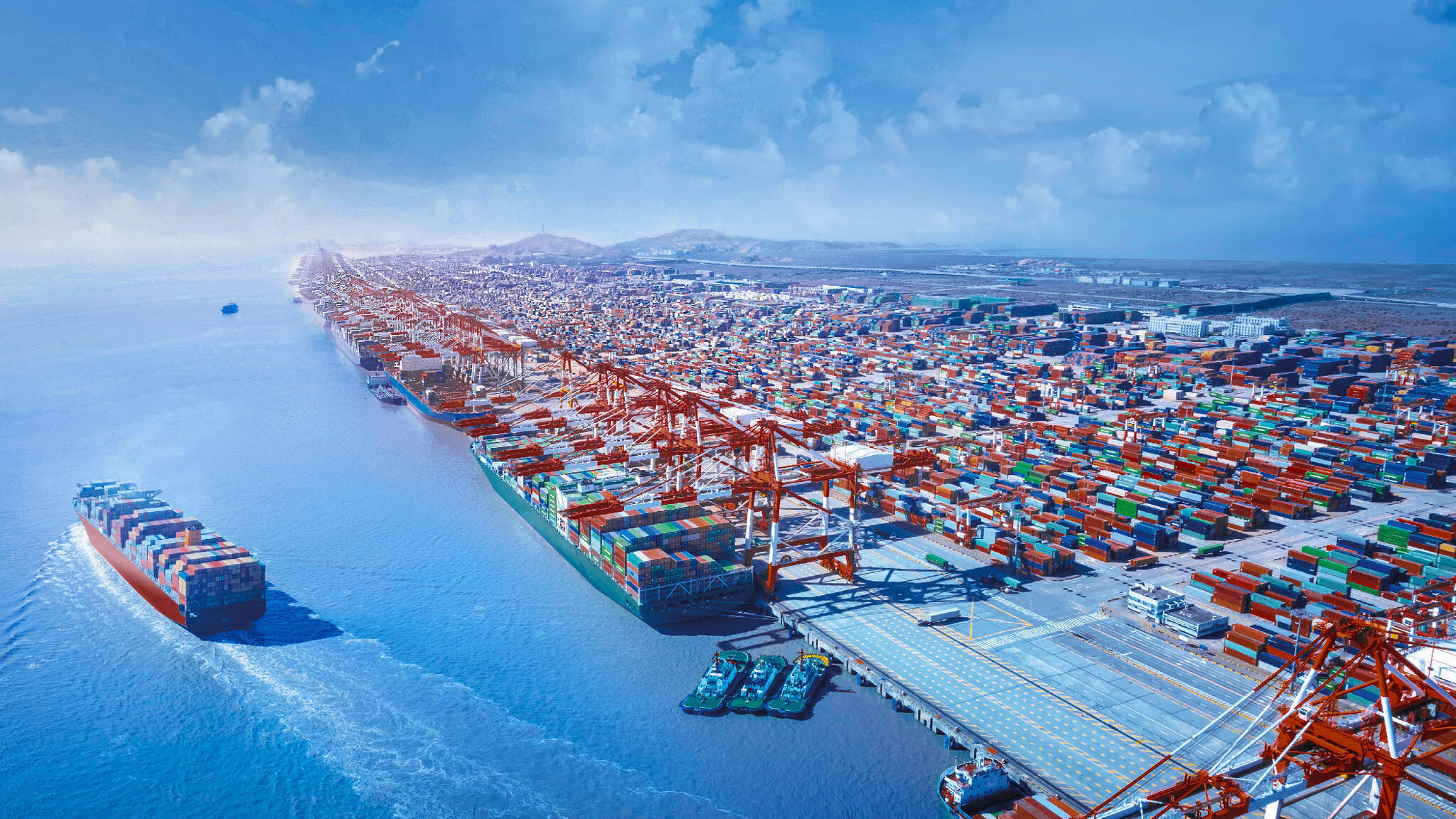Global Groupage: When everything that belongs together, comes together

And different economies are moving at very different speeds. While in 2008 the United States and Europe vere evenly matched in economic output, now the US figure is 80 percent higher. In the future, global growth will continue to occur mainly outside Europe. According to estimates by the International Monetary Fund, the contribution of Asia Pacific countries (APAC) to global gross domestic product is set to rise to over 40 percent by 2040—and will be over half by 2050. Asia is already home to nine of the world’s ten biggest ports.
The McKinsey Global Institute recently published a study, “Geopolitics and the geometry of global trade,” that takes a closer look at these developments. In it, market researchers analyze how close trade ties between different countries and economies are now—as well as how this could change in the future—regardless of the actual geographic distance involved. As they look to remeasure the “geometry of global trade,” the McKinsey study’s authors see two reconfiguration paths. The first is the trend toward “deglobalized” international trade. An example of this is the drifting apart of the world’s two largest economies: the US and China. This is manifesting itself in punitive tariffs, sanctions, mutual blocking of access to markets, the decoupling of research and development, and many other dissociative measures.
Resilience through cooperation
And time is running out, especially for those European economies under pressure as a result of recent, rather gloomy economic forecasts. “Over the next ten years, around 85 to 90 percent of global economic growth will take place outside the EU,” said Valdis Dombrovskis, European Commissioner for Trade, at the Munich Security Conference in February 2024. “If we wish to preserve our growth and our prosperity, we must therefore remain connected,” he urged.
